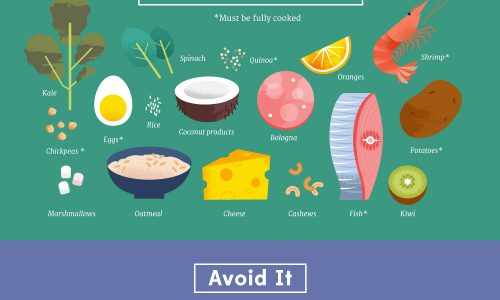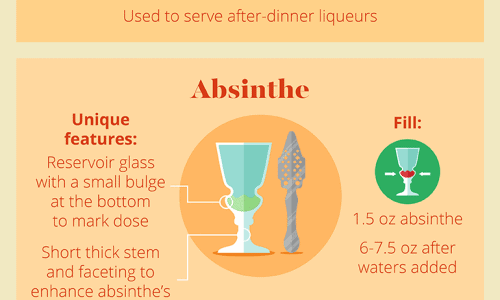
Here’s what to grow in a survival situation…
Thriving on Potatoes: The Ultimate Survival Crop
Ever wondered why potatoes feature prominently in survival movies? It’s not just Hollywood drama! Potatoes are a nutrient-rich, calorie-dense crop that’s easy to grow and store. A single acre of potatoes can yield up to 20,000 pounds1! That’s a lot of spuds to sustain you in tough times.
Moreover, potatoes are versatile in the kitchen, fitting into numerous recipes from fries to stews. Plus, they’re packed with essential vitamins and minerals, like vitamin C and potassium, that make them a nutritional powerhouse.
Beans: The Protein Powerhouse
Beans are another excellent survival crop. They’re high in protein, fiber, and complex carbohydrates, making them an ideal energy source when meat might be scarce. Another advantage? They help improve soil fertility by fixing nitrogen2, making them an excellent choice for crop rotation.
From black beans to garbanzos, there’s a variety to suit every palate, and their long shelf life makes them perfect for storage. Just remember to soak them overnight before cooking to make them easier to digest!
Squash: A Hardy, Nutritious Option
Squash, particularly winter varieties like butternut or acorn, are hardy crops that can thrive even in poor soil conditions. They’re rich in vitamins A and C, and their seeds provide additional protein.
Squash vines also cover a lot of ground, effectively suppressing weeds and keeping the soil moist3. And the best part? They can be stored for months without refrigeration, making them a reliable food source during winter.
Onions: The Flavorful Multitasker
Onions may not immediately spring to mind when thinking about survival crops, but they’re a surprisingly practical choice. These flavorful bulbs are easy to grow, require little space, and are resistant to most pests.
Not only do onions add taste to a variety of dishes, but they also have medicinal properties. They’re known to boost the immune system and have antimicrobial effects4, offering additional health benefits in survival situations.
Willow: More Than Just a Tree
The humble willow tree might seem out of place in this list, but it’s an invaluable survival resource. Willow bark contains salicin, a compound similar to aspirin, and can be used for pain relief and reducing fevers5.
Willow branches are also flexible and strong, perfect for constructing shelters or making baskets. Plus, the tree is fast-growing, providing a renewable source of wood for fuel.
Apples: An Orchard of Benefits
Finally, no survival garden would be complete without an apple tree. Apples are a great source of dietary fiber and vitamin C. They’re easy to store and can be preserved in various ways, from drying to making cider.
Apple trees also have a long lifespan, with some varieties producing fruit for over 100 years6. Now, that’s a survival crop that keeps on giving!
1 University of Maine Cooperative Extension, 2 USDA Natural Resources Conservation Service, 3 Cornell University Home Gardening, 4 Journal of Chemical and Pharmaceutical Research, 5 University of Maryland Medical Center, 6 University of Illinois Extension.




